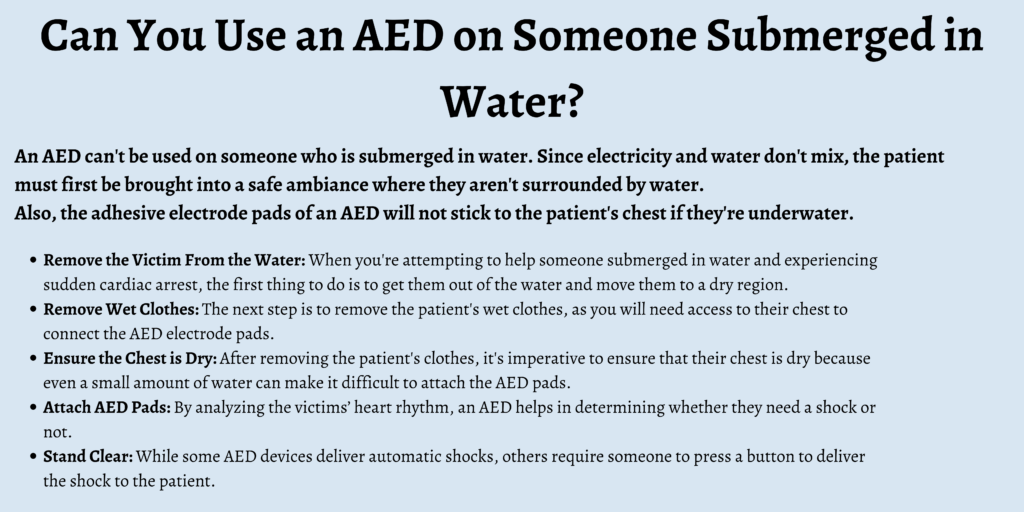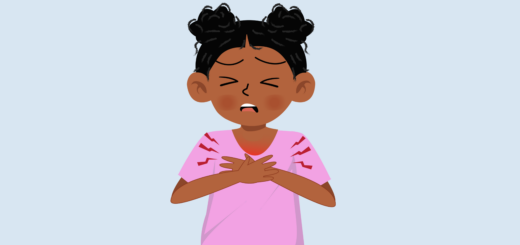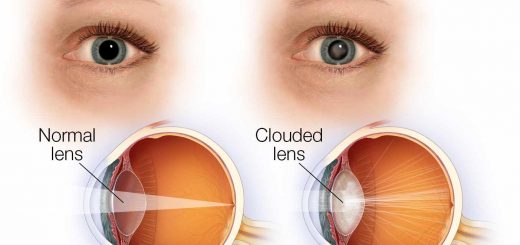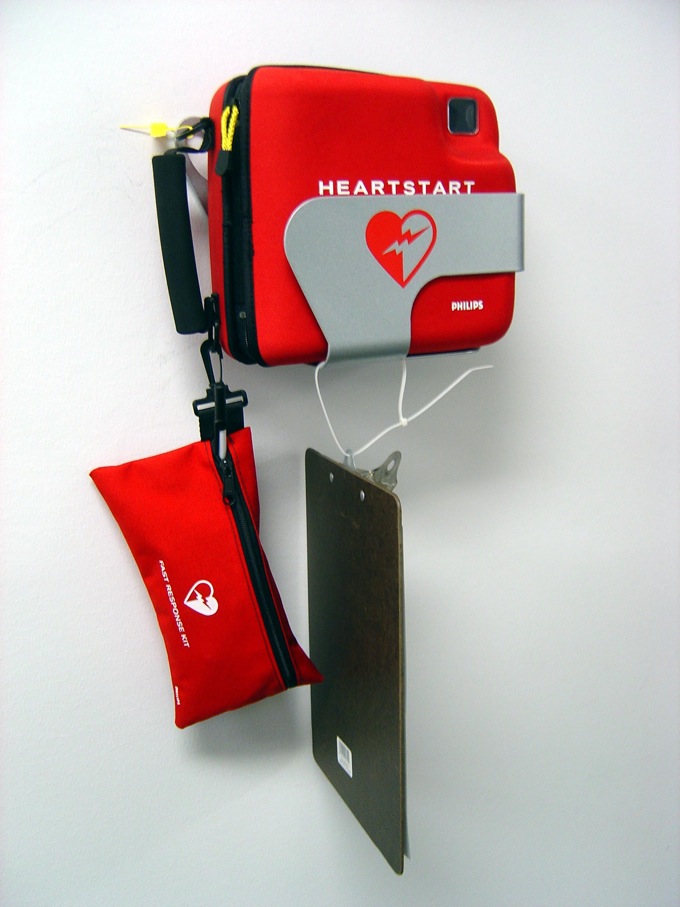What should you do if you need to use an AED on someone who has been submerged in water?
When an individual experiences sudden cardiac arrest, their heart stops beating, leading to a life-threatening condition that can even lead to death if not treated immediately.
The only way to treat someone experiencing sudden cardiac arrest is through an AED or automated external defibrillator. An AED is a device that analyzes a victim’s heart rhythm and helps deliver an electrical shock to re-establish the heart’s rhythm.
These devices are used in sudden cardiac arrest cases as they help get the patient’s heart to beat again. However, what happens if the person experiencing a sudden cardiac arrest is submerged in water?
If the patient is in water, a few more steps are involved before one can use an AED on them.
This article will discuss what to do in such a situation and how to use an AED on them safely and effectively.
Can You Use an AED on Someone Submerged in Water?
An AED can’t be used on someone who is submerged in water. Since electricity and water don’t mix, the patient must first be brought into a safe ambiance where they aren’t surrounded by water.
If someone tries to use an AED on a victim in the water, then the shock delivered from the device could pass on to the other people in the water, giving unnecessary shocks to everyone and taking charge away from the one experiencing the cardiac arrest.
Also, the adhesive electrode pads of an AED will not stick to the patient’s chest if they’re underwater.
Remove the Victim Rom the Water
When you’re attempting to help someone submerged in water and experiencing sudden cardiac arrest, the first thing to do is to get them out of the water and move them to a dry region.
Once you safely relocate them to dry land, ensure the ground around them is also dry.
Remove Wet Clothes
The next step is to remove the patient’s wet clothes, as you will need access to their chest to connect the AED electrode pads.
Several AED machines come with scissors that allow the victim’s clothes to be removed quickly in cases of emergency. However, if you do not have scissors, remove the patient’s clothes as quickly as possible.
Ensure the Chest is Dry
After removing the patient’s clothes, it’s imperative to ensure that their chest is dry because even a small amount of water can make it difficult to attach the AED pads.
Water can also prevent the current generated from the AED from penetrating through the victim’s chest and can instead cause it to travel across their skin. Remember to dry as much of their body as possible and not just the area where the AED pads need to be attached.
Attach AED Pads
By analyzing the victims’ heart rhythm, an AED helps in determining whether they need a shock or not. If it determines that the patient does require a shock, then two AED pads aid in delivering that shock to the patient’s chest.
Before attaching the AED pads to the person’s bare chest, ensure there is no water on their skin or the surrounding area on the ground.
Stand Clear
While some AED devices deliver automatic shocks, others require someone to press a button to deliver the shock to the patient. Move away from the victim and clear the area while the AED does its job on the victim.
Conclusion
Sudden cardiac arrests can happen anytime, including when someone is in water. Using an automated external defibrillator on a person submerged in water requires extra care.
It’s because using an AED becomes trickier and more dangerous in wet conditions and could cause harm to both the patient and the person taking care of the victim. Therefore, get them out of the water before moving on to the next steps. Inform the emergency medical services while you use an AED on the patient.






